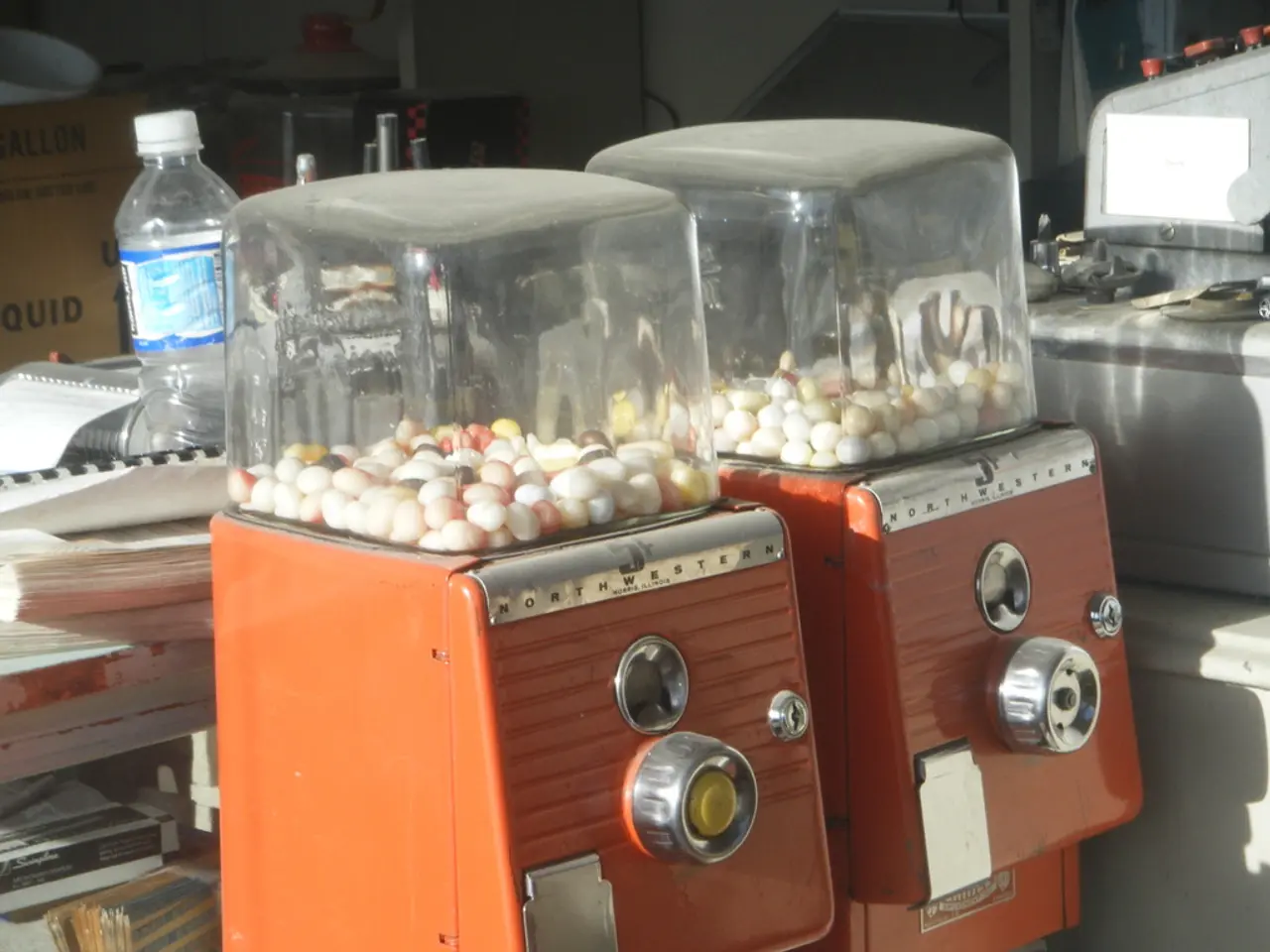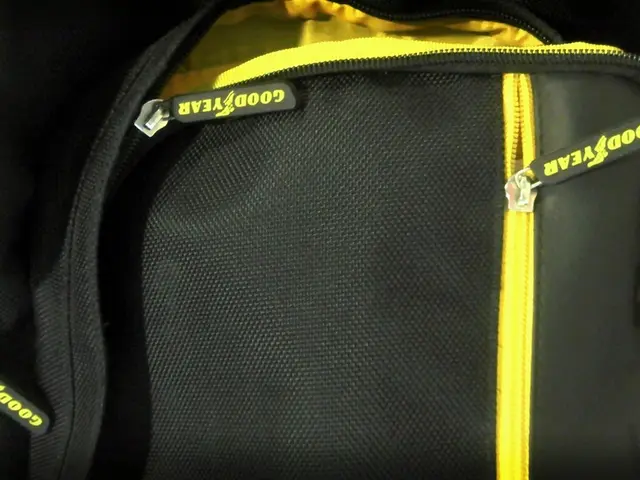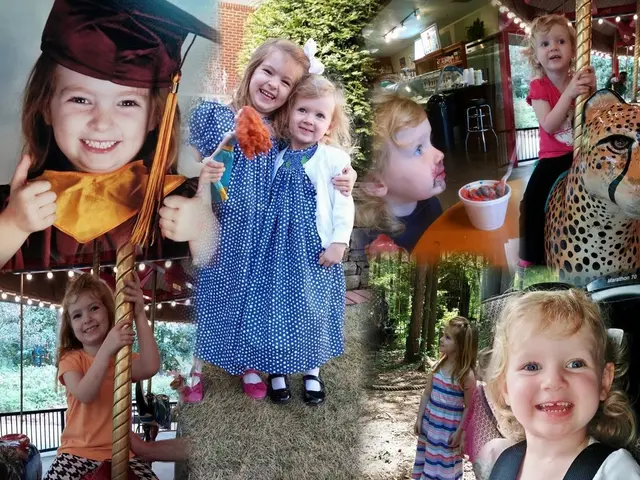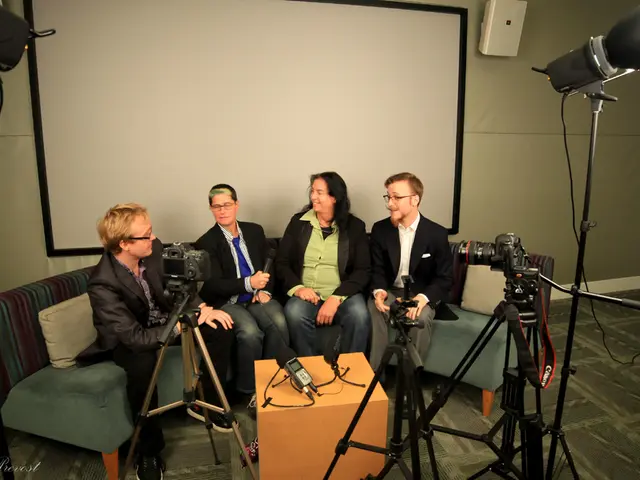Exploring the Chemistry Behind Dissolving Candy Canes
From the world of sweet treats to the realm of scientific discovery, kids are invited to embark on an exciting journey of learning with these fun and educational science experiments. These experiments, beyond the well-known Mentos and Diet Coke explosion and candy cane dissolutions, utilise simple, everyday materials and teach key scientific concepts.
### The Candy Cane Experiment: A Sweet Surprise
In a series of candy-related scientific explorations, the children conducted an experiment to observe which liquid would dissolve a candy cane the fastest. Each jar contained a candy cane, one in water, one in milk, and one in juice. To their surprise, the candy cane in milk dissolved at a faster rate than previously expected, while the candy cane in juice was the slowest to dissolve. After the candy canes had dissolved, the children sampled the liquids, observing different layers dissolving one by one in the juice.
### A Rainbow of Colours: The Skittles Experiment
Arrange Skittles in a circle on a plate, pour warm water in the center, and watch as the colours dissolve and spread, creating a rainbow pattern. This simple experiment demonstrates how food colouring dissolves in water and how molecules naturally move from areas of high to low concentration.
### Exploring Density and Surface Tension: The Magic Milk Experiment
Pour milk into a shallow dish, add drops of food colouring, and dip a cotton swab in dish soap. Touch the centre of the milk, and watch as colourful swirls appear instantly. This experiment shows how soap disrupts the surface tension of milk, causing movement and mixing.
### And Many More!
These engaging experiments are easy to set up, use household items, and cover a wide range of scientific principles—from chemistry and physics to biology and material science. They are suitable for various age groups and can spark curiosity and critical thinking in young scientists.
Some other experiments to try include the Lava Lamp Experiment, where children create a colourful lava lamp effect using clear plastic bottles, water, vegetable oil, food coloring, and effervescent tablets; the Dancing Raisins experiment, which demonstrates how gas bubbles affect buoyancy and demonstrate density changes; and the Balloon Rocket, where children learn basic principles of motion, propulsion, and force.
For more science experiments, visit the Super Cool Science Experiments for Kids page at this link: Super Cool Science Experiments for Kids. Encourage continued exploration and discovery in science, and watch as your young ones blossom into budding scientists!
Science, beyond traditional experiments like Mentos and Diet Coke, offers a world of discovery through experiments such as the Candy Cane, Skittles, and Magic Milk experiments. The Candy Cane Experiment, involving dissolving candy canes in various liquids, demonstrates observation skills and chemistry concepts. The Skittles Experiment showcases food coloring dissolution and molecular movement. The Magic Milk Experiment teaches surface tension and the effect of soap on liquids. Moreover, these experiments ignite passion for learning in areas like education-and-self-development, personal-growth, fitness-and-exercise, health-and-wellness, and even extend to fun projects such as the Lava Lamp and Balloon Rocket, promoting critical thinking and fostering scientific curiosity in kids.








